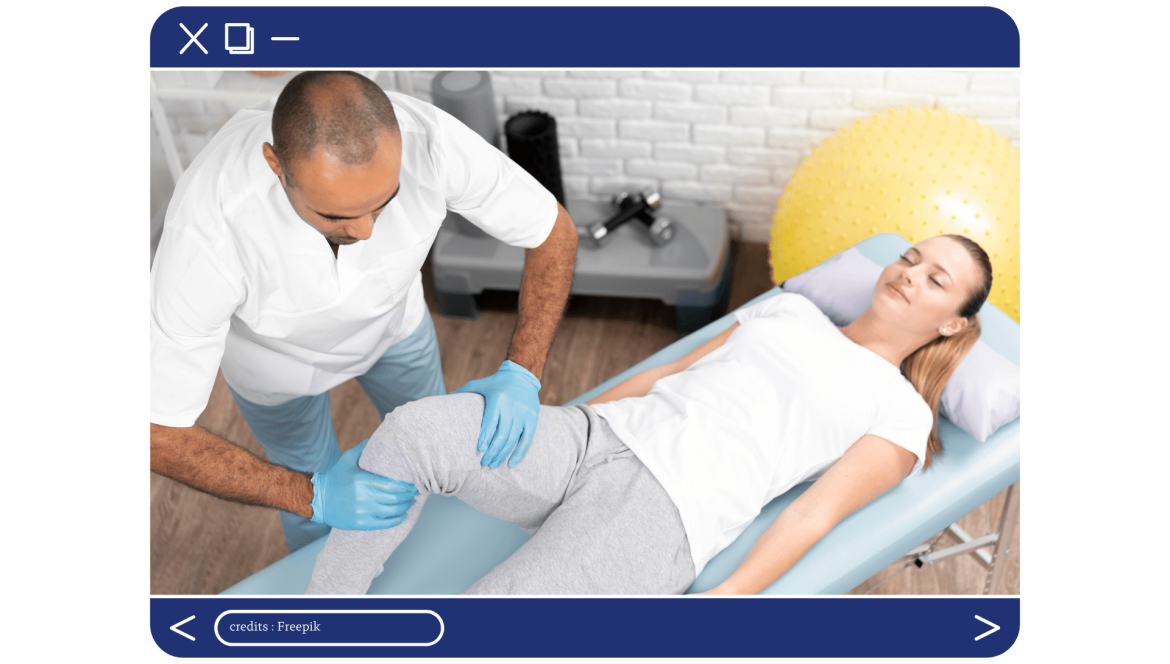What are the best exercises for perineal rehabilitation?

Discover the importance of perineal rehabilitation. The often underestimated muscles of the perineum play an essential role in maintaining internal organs and controlling corporal functions.
Whether you're a man or a woman, targeted exercises such as the famous Kegel exercises offer significant benefits. Strengthen your perineum, prevent incontinence, improve your sex life and invest in your long-term well-being.
Consult a professional for personalized advice. Your perineal health, your fulfilled life!
Update on perineal rehabilitation: useful muscle exercises
Perineal rehabilitation: essential exercises for a toned, competent and efficient perineum
The perineum, a group of muscles and tissues located beneath the pelvic region, plays a crucial role in maintaining internal organs and controlling urinary and intestinal functions.
However, events such as pregnancy, childbirth, aging, repetitive straining and other factors can weaken these muscles, leading to problems such as urinary incontinence, prolapse and reduced quality of intercourse.
Pelvic-perineal rehabilitation, which includes specific, anatomically-targeted exercises, is an effective way of strengthening this area and improving quality of life, mainly for women and occasionally for men.
The importance of perineal rehabilitation
The perineum is an often overlooked and underestimated muscle group, but it plays a vital role in our health and well-being.
For women, these muscles are put under pressure during pregnancy and childbirth, which can weaken them if they are not retrained.
For men, problems such as prostatic adenoma (benign hyperplasia) can affect bladder function. Perineal rehabilitation helps to strengthen these muscles, prevent or treat incontinence problems, and improve sexual function.
Kegel exercises for men and women
The exercises developed by American gynecologist Arnold Kegel involve voluntary contraction and relaxation of the perineal muscles, and are now well known to the general public and the medical profession.
These exercises can be performed by both men and women to strengthen the pelvic muscles, but it's a good idea to consult a physiotherapist and/or midwife beforehand, who will check whether the muscles are functioning properly or not and, depending on the case, undertake functional re-education or demonstrate the exercises to be performed if there are no associated dysfunctions.
Here's how to do them:
- Identify the muscles: Identify the muscles of the perineum by interrupting the flow of urine (be careful to do this only once, as it's not an exercise) or by contracting the muscles as if you were holding back gas or the urge to have a bowel movement. This will help you locate the perineal muscles you need to work on. You can also place a finger (index finger) above the anus (and between the anus and vagina for women).
- Contractions: Contract the perineal muscles as if you wanted to stop the flow of urine, but without contracting the abdomen or blocking breathing.
- Series and frequency: Hold your maximum possible contraction for 5 seconds (be careful not to contract your abdominal muscles), release, then rapidly contract a maximum of 5 times and release for 10 seconds. Repeat this movement 10 times (series 1) and repeat this series 3 times a day. (technique adapted by A. Mamberti-Dias, perineology physiotherapist)
Perineal strengthening exercises for women
Exercises to increase awareness of function, correct malfunctions and learn new skills, also known as biofeedback, are particularly useful for women undergoing perineal rehabilitation.
They involve the use of an endovaginal sensor (probe) which provides feedback on a screen about the capacity of the perineal muscles to contract usefully, as well as their ability to maintain contraction.
This technique requires the presence of a physiotherapist or midwife to teach the exercises. Once the exercises have been fully assimilated, the patient (or, as the case may be, the midwife) can maintain her exercises at home, using a small portable device with an integrated screen.
- Learning muscle control: These biofeedback sessions, which must first be learned from a specialized therapist, will enable the patient to maintain and control the perineal muscles to improve their strength and tone.
- Using biofeedback: gently insert a special probe into the vagina. Follow the instructions to contract and relax the perineal muscles while visualizing the feedback (in the form of a line or circular shape) on a screen. For men, either an anal probe or skin sensors on the perineal area are used. In children, only skin surface electrodes are used.
Perineal strengthening exercises for men
Men can also benefit from specific exercises to strengthen their perineum.
- Anal sphincter contraction exercises: Contract the anus as if holding back gas or stool, but without contracting the abdominal muscles. Use the same contraction technique described above.
Consultation and follow-up
Before starting any perineal exercises at home, it's essential to consult a healthcare professional, such as a physiotherapist or midwife specialized in perineal rehabilitation, for appropriate recommendations and follow-up.
They can tailor an exercise program to suit your specific ancillary dysfunctions (harmful antagonistic abdominal synergy, your functional capabilities, your specific needs and your general state of health).
In short, perineal rehabilitation is of particular importance, crucial for women and useful for the men concerned, offering significant benefits such as strengthening the perineal muscles and their tone, preventing incontinence and improving quality of life.
By integrating these exercises into your daily routine, you are investing in your long-term well-being.
